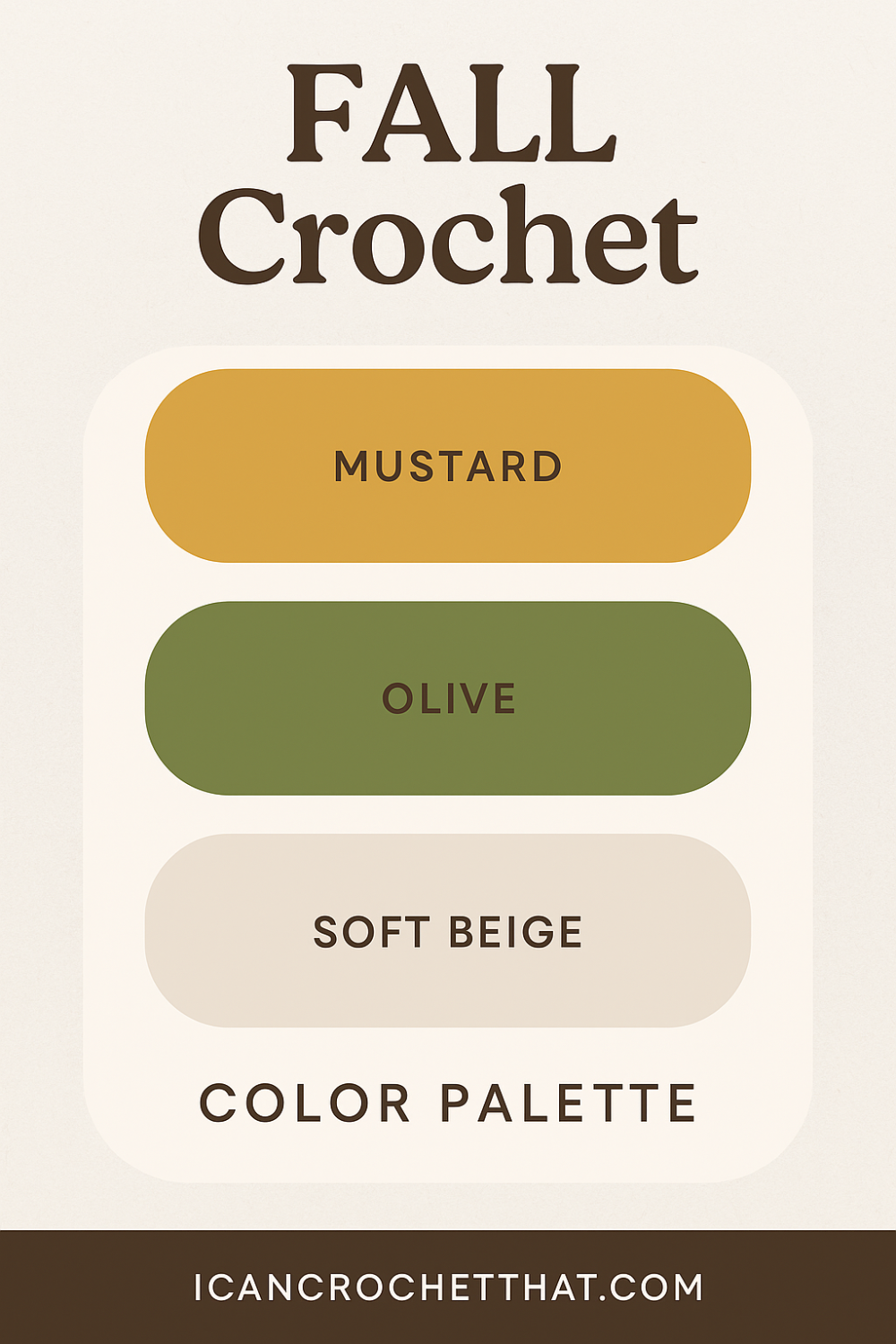If you've ever had to shake out your hands mid-row or pause your project because your wrist started aching, you’re not alone.
Hand fatigue is something almost every crocheter runs into at some point, especially during those long, cozy stitching sessions on the couch.
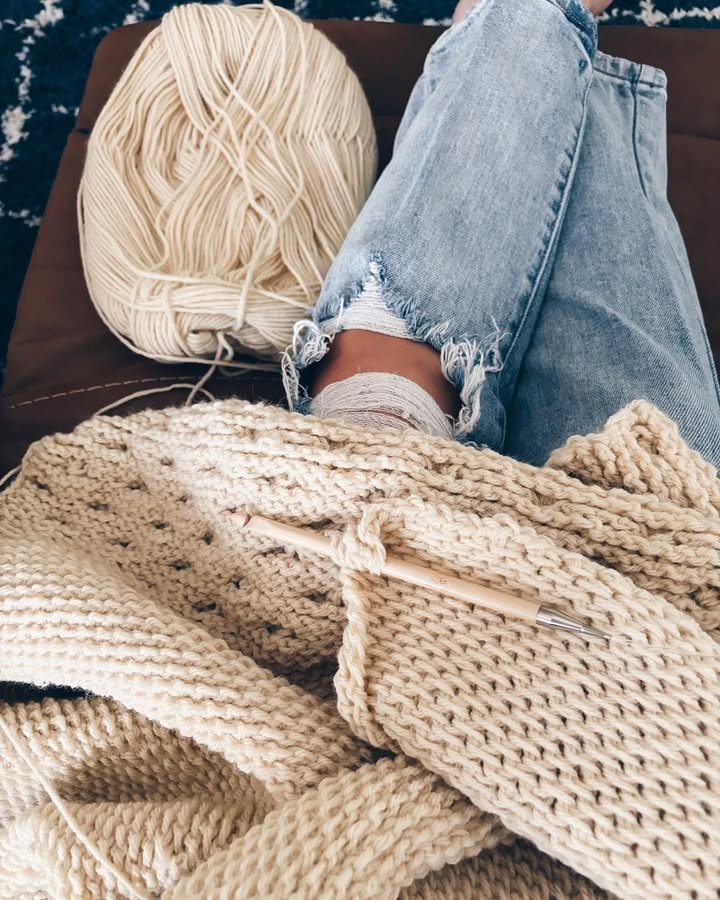
Crocheting brings joy, calm, and creativity, but after a few hours with your latest project, you might notice your hands cramping, your wrists aching, or your fingers feeling stiff.
That’s hand fatigue, and it’s more common than you might think, no matter your skill level. The good news? There are practical ways to reduce this discomfort so you can crochet longer (and more comfortably).
Below are 7 tried-and-true tips to help you avoid hand fatigue while crocheting:
1. Use Ergonomic Hooks
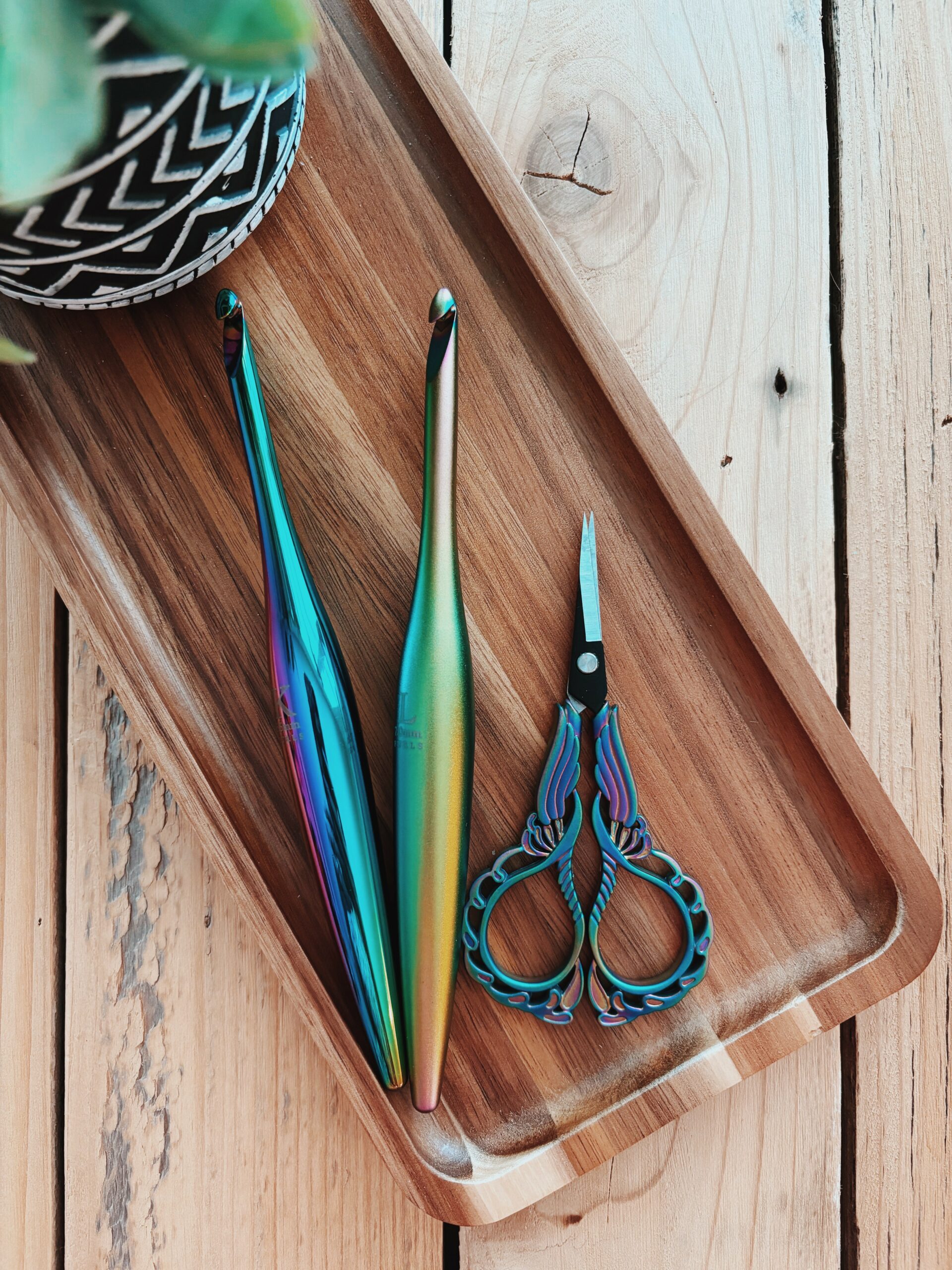
Regular metal or plastic crochet hooks are fine for short sessions, but over time, they can be hard on your fingers and wrists, especially if you grip them tightly.
Ergonomic hooks are designed to fit more comfortably in your hand. Most feature padded handles, soft grips, or contoured designs that reduce the need for a tight grip.
💡 Why it works:
The cushioned handle distributes pressure more evenly across your hand, helping minimize muscle strain, especially in your thumb and forefinger.
👉 Pro tip:
Try different ergonomic brands like Clover Amour, Furls, or Tulip Etimo to find what fits your hand and crochet style best.
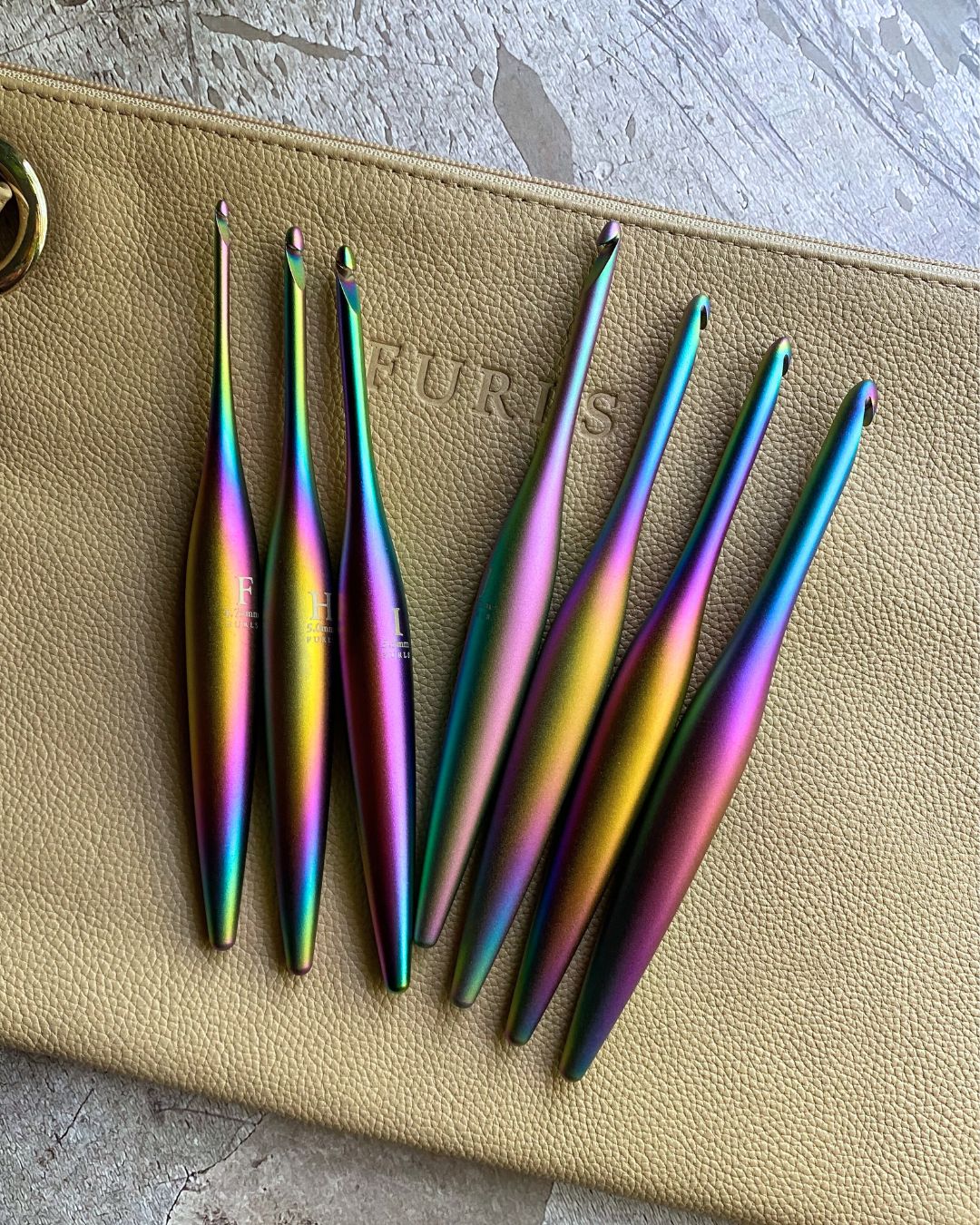
2. Stretch Regularly
This may sound weird, but just like athletes stretch before a workout, crocheters should warm up and loosen their hands, too.
Repetitive motion over long periods can lead to tightness or even tendonitis. Which would mean less crocheting for you! *Gasp*
🧘♀️ Simple stretches to try:
- Finger Spread: Extend fingers wide, hold 5–10 seconds, then relax.
- Thumb Stretch: Gently pull your thumb backward to stretch the joint.
- Wrist Rolls: Slowly rotate your wrists in circles to release tension.
- Prayer Stretch: Place palms together and press gently for 10–15 seconds.
⏱ Set a reminder: Pause every 30 minutes for a quick 1–2 minute stretch.
3. Check Your Tension

Tight stitches = more resistance = more fatigue.
This is a very common issue I deal with and am constantly having to remind myself to loosen my grip.
🔧 How to ease your tension:
- Relax your grip on both the yarn and the hook.
- Focus on rhythm over speed.
- Use a larger hook size or a stretchier yarn if your stitches are too tight.
✨ Bonus tip:
If you tend to crochet the foundation chain tightly, try practicing a few rows of foundation stitches (like foundation single crochet or foundation double crochet). These are naturally looser and can help retrain your hands to ease up on the grip, plus, they're a great skill to add to your toolkit!
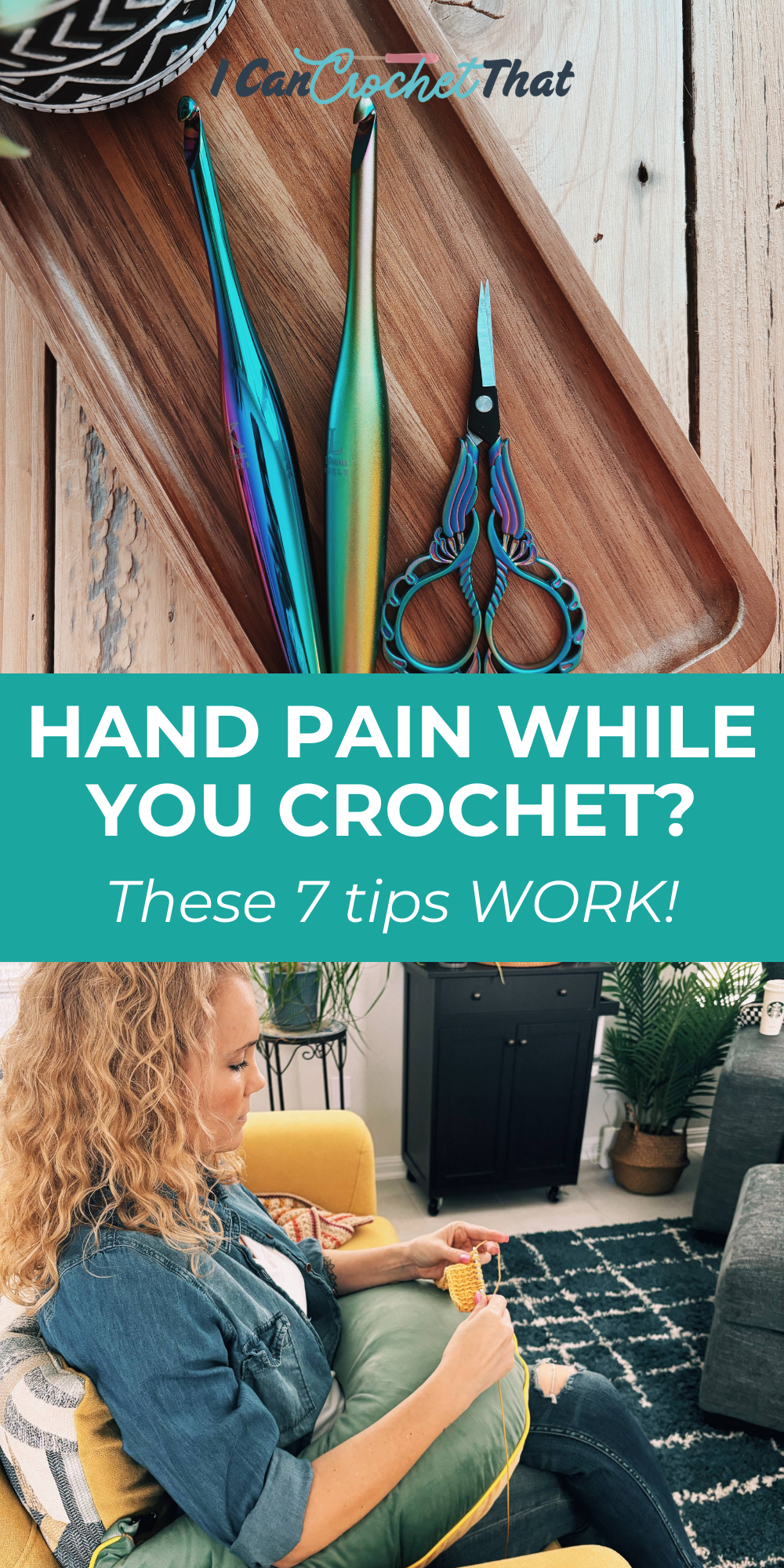
4. Switch Up Your Projects
Repeating the same motions for hours overuses specific muscle groups.
🧶 What to try:
- Rotate between projects that use different yarn weights and hook sizes.
- Change crochet stitch types: alternate single crochet, half-double, clusters, or shells.
This variety keeps your hands moving in fresh ways—and helps prevent burnout too.
5. Mind Your Posture
Your hands aren’t the only part of your body involved in crocheting. Poor posture = muscle tension = hand fatigue.
🪑 Posture tips:
- Sit in a supportive chair with feet flat on the floor.
- Keep elbows close and shoulders relaxed.
- Avoid extreme wrist angles.
- Support large projects with a lap pillow or armrest.
🪑 A pillow game-changer: This pillow from Crafteaze has been a serious game-changer for my posture. I always have it on hand and use it for long crochet sessions.
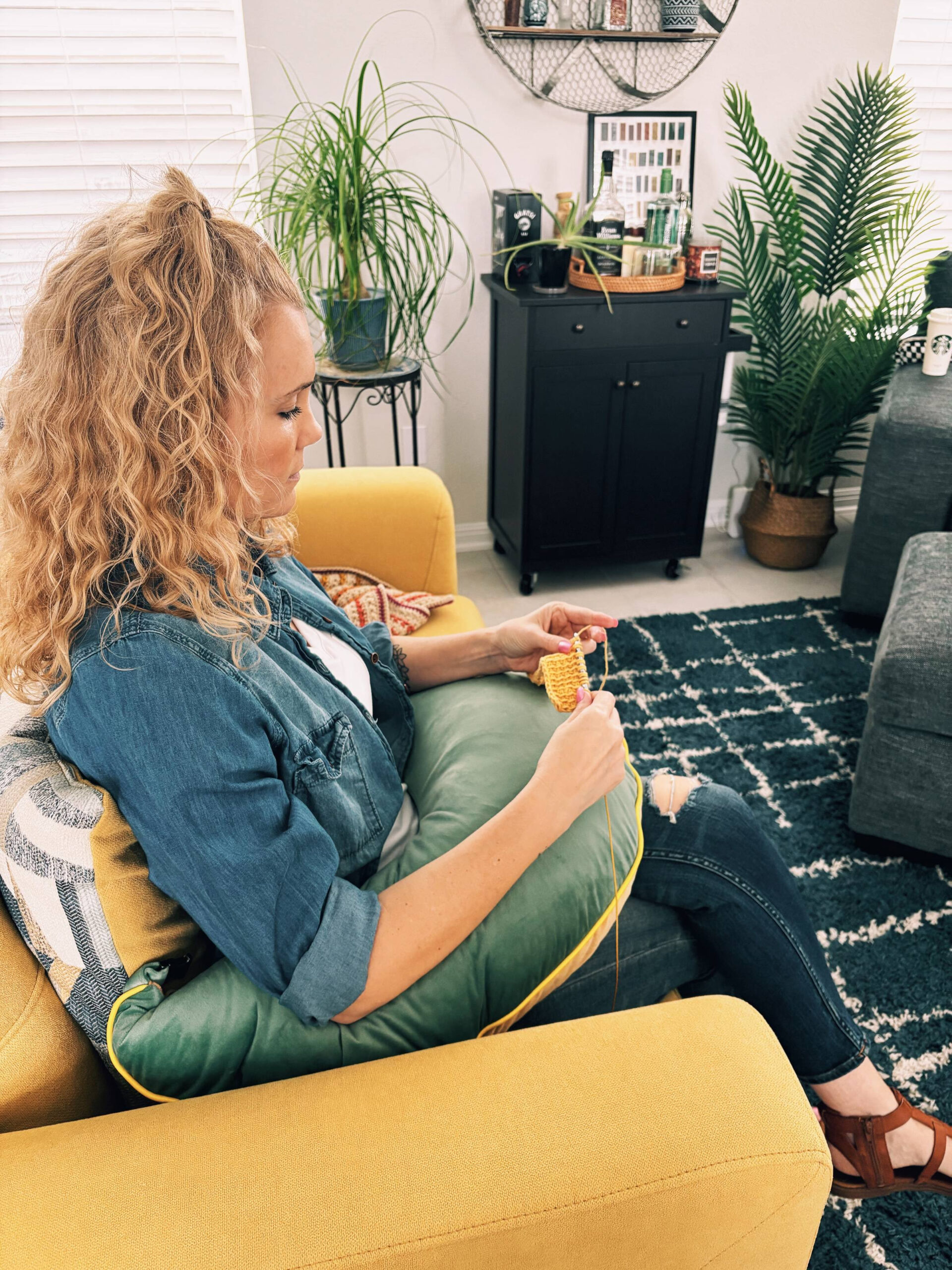
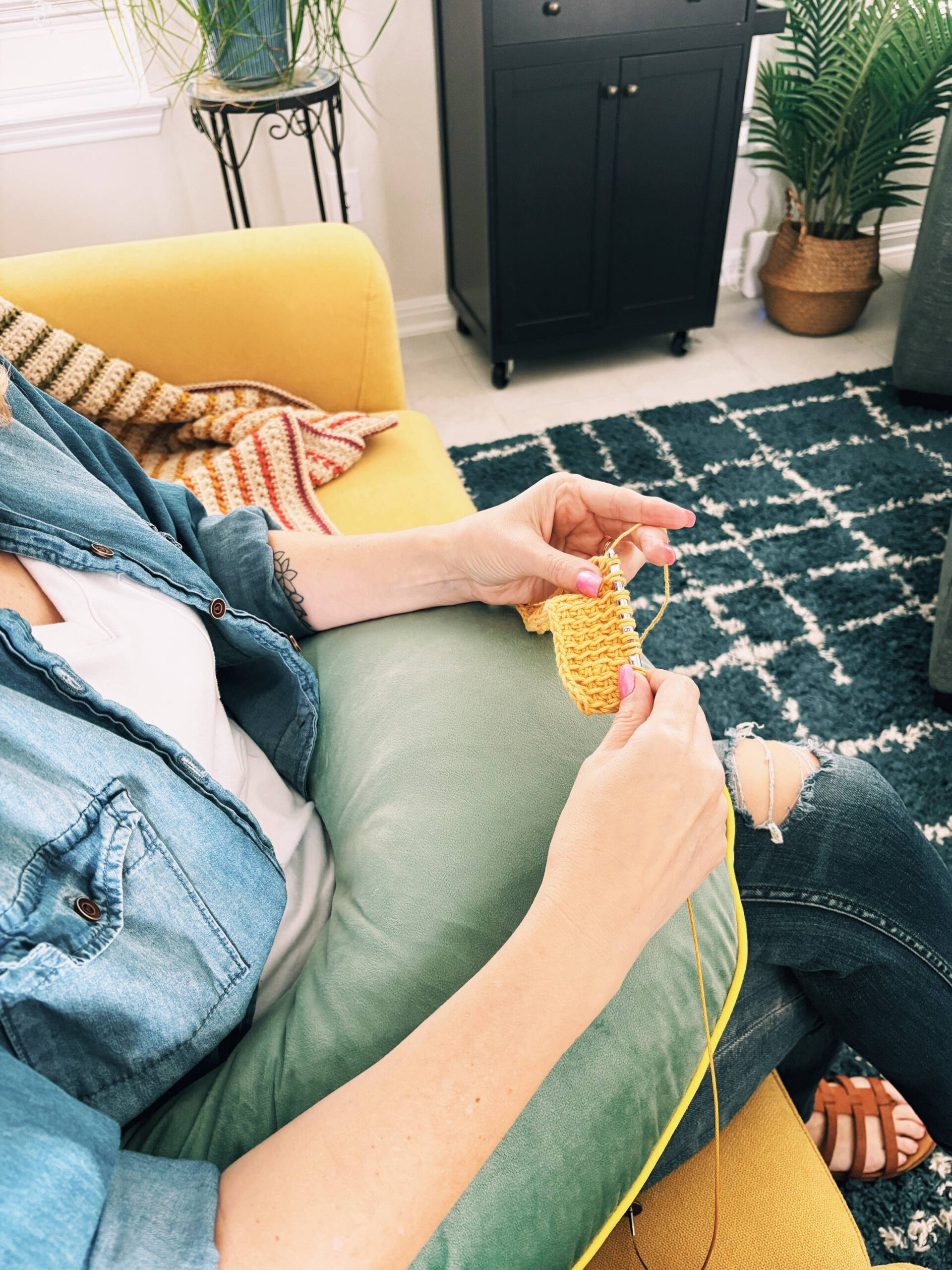
6. Use a Crochet Wrist Brace
If you experience wrist pain or have conditions like carpal tunnel, a lightweight wrist brace can provide much-needed support.
🧤 What to look for:
- Breathable and flexible material
- Doesn’t restrict finger movement
- Wear it while crocheting or afterward for recovery
❗ Always consult a healthcare professional if your pain is persistent.
7. Take Frequent Breaks
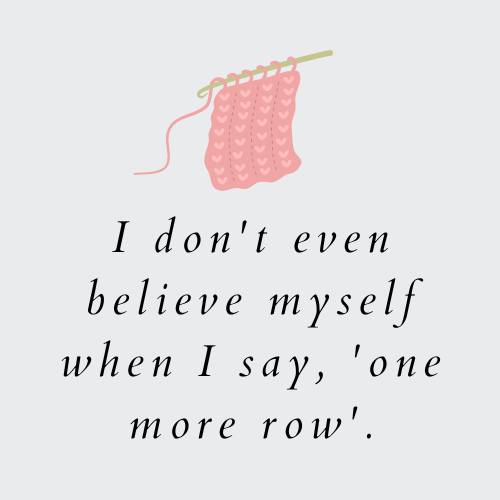
Let’s be honest, it’s hard to stop when you’re “in the zone.” But breaks are essential for comfort and longevity.
⏱ Try the 20/20 Rule:
Every 20 minutes, take a 20-second break.
🧘♂️ Other quick break ideas:
- Stand up and stretch
- Grab a glass of water
- Do a breathing exercise
- Shake out your hands
Your body will thank you!

Final Thoughts
Crocheting is meant to be a calming escape, not something that leaves your hands aching afterward.
I’ve learned (often the hard way) that small adjustments can make a big difference: switching to the right hook, checking in with my body, and giving myself permission to pause.
Your hands are your most valuable tools, and they deserve a little care. With a bit of awareness and a few simple habits, you really can stitch longer, feel better, and enjoy every loop along the way.
So go ahead, pick up that hook, settle into your favorite spot, and create something beautiful. Just remember to stretch, breathe, and take care of those magic-making hands!

